By the end of the 1960s, muscle cars were everywhere, but two names kept coming up in the same conversations: GTO and Charger. Pontiac may have lit the fuse in 1964, but Dodge answered with power and presence just a few years later. Both cars carved out loyal followings, and both evolved fast as the muscle car wars heated up. One led early; the other finished strong. So who really came out on top? It depends what you value—timing, sales, street performance, or track credibility. Here’s how the two stacked up.
1. The GTO Started It First
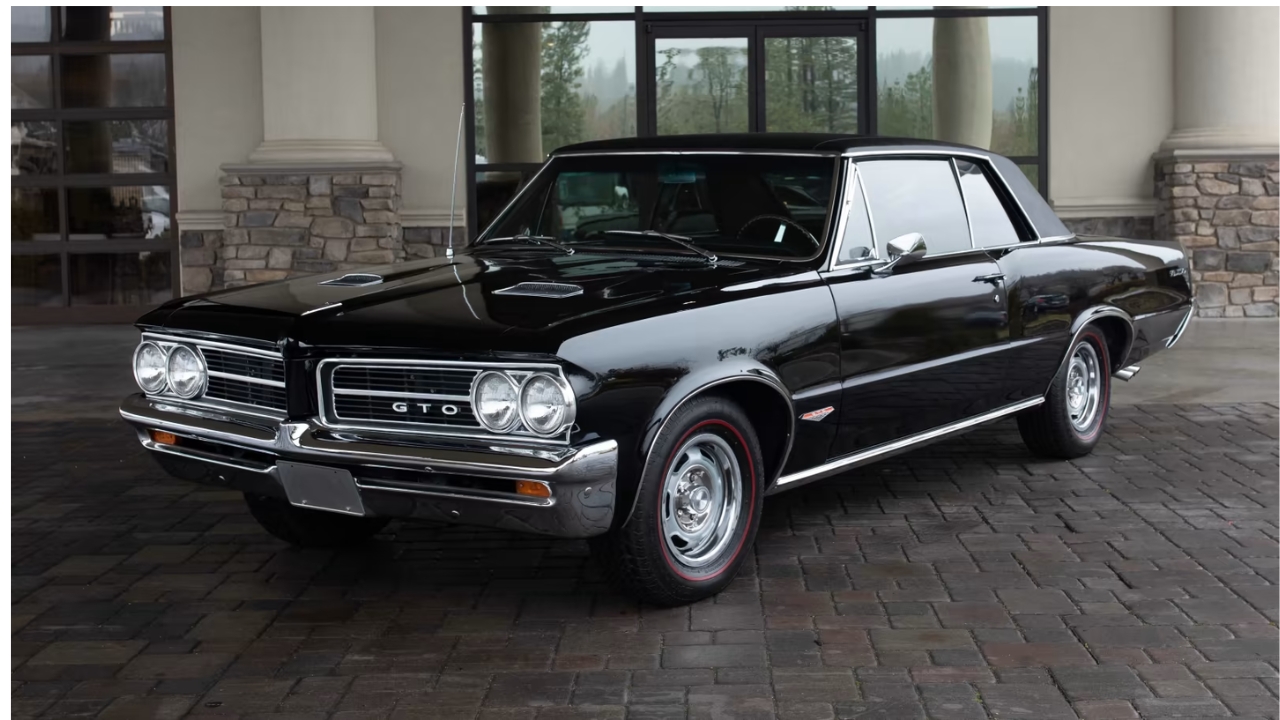
The GTO hit the market in 1964, while the Charger didn’t arrive until 1966. Pontiac took a midsize Tempest, dropped in a 389 V8, and essentially kicked off the muscle car era. That head start gave the GTO a couple years to build its identity and following. The Charger entered the scene later with a fastback body and a bit more size, which changed how it was positioned.
2. Dodge Brought Bigger Engines
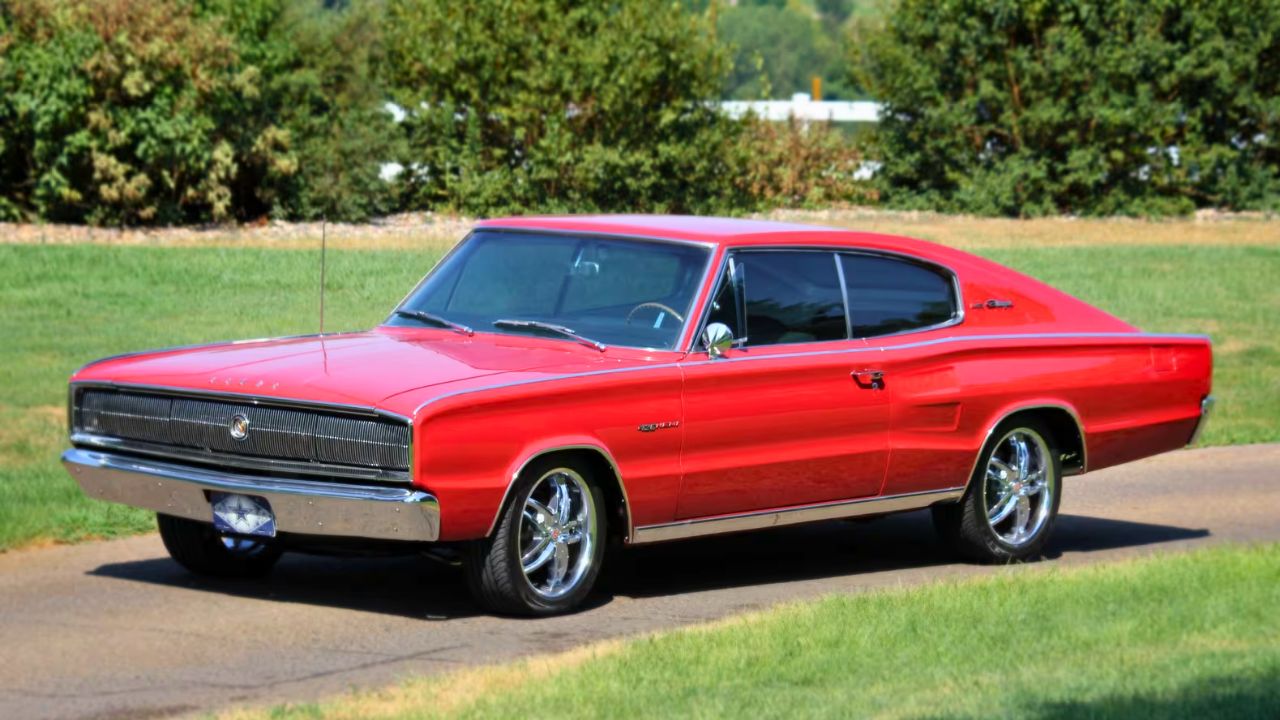
While Pontiac pushed the 389 and later 400 and 455 cubic inch V8s, Dodge offered serious firepower right out of the gate. The Charger eventually offered the 426 HEMI—underrated at 425 hp—and the 440 Magnum, which was more street-friendly but still quick. The GTO’s Ram Air IV 400 topped out around 370 hp, but it couldn’t quite match the top-end Charger setups in terms of raw numbers.
3. GTO Was Quicker to Catch On
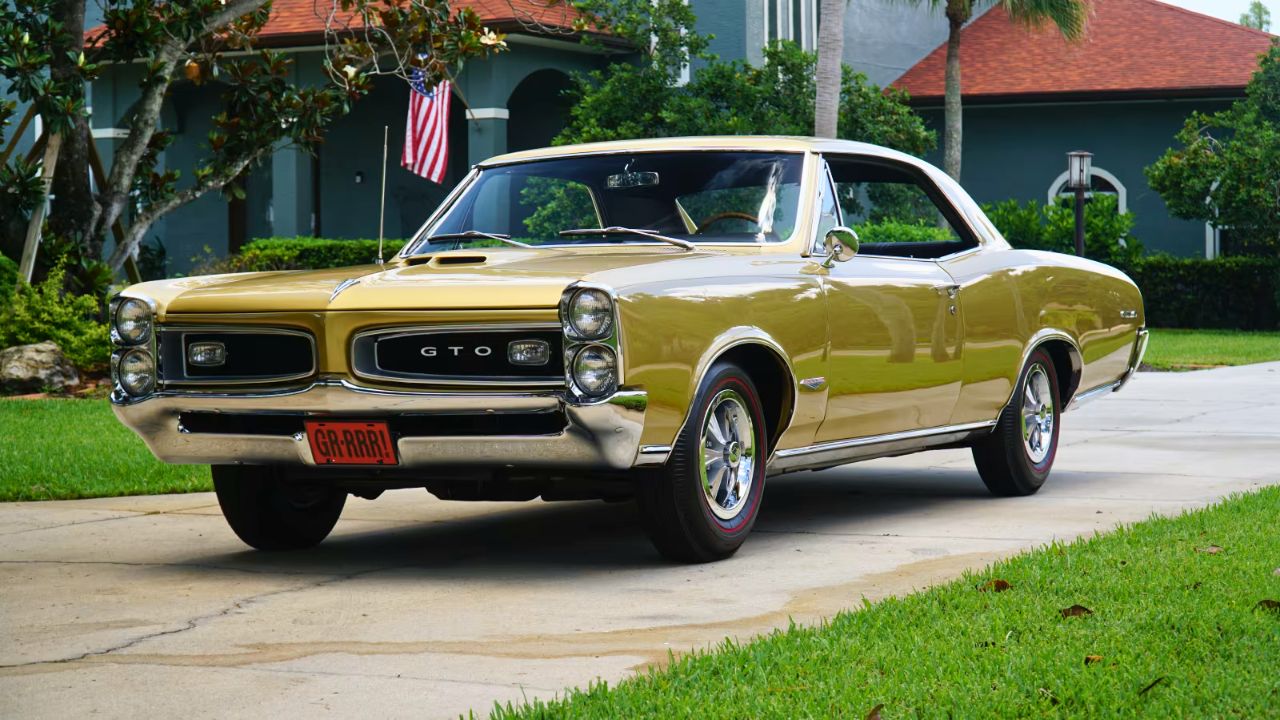
By 1966, Pontiac was selling over 96,000 GTOs a year, making it one of the hottest names in the country. Dodge didn’t find that kind of success with the Charger until the redesign in 1968. Before that, its fastback profile and upscale pricing limited its appeal. The GTO was easier to relate to—more affordable, more aggressive-looking, and easier to modify.
4. The 1968 Charger Changed the Game
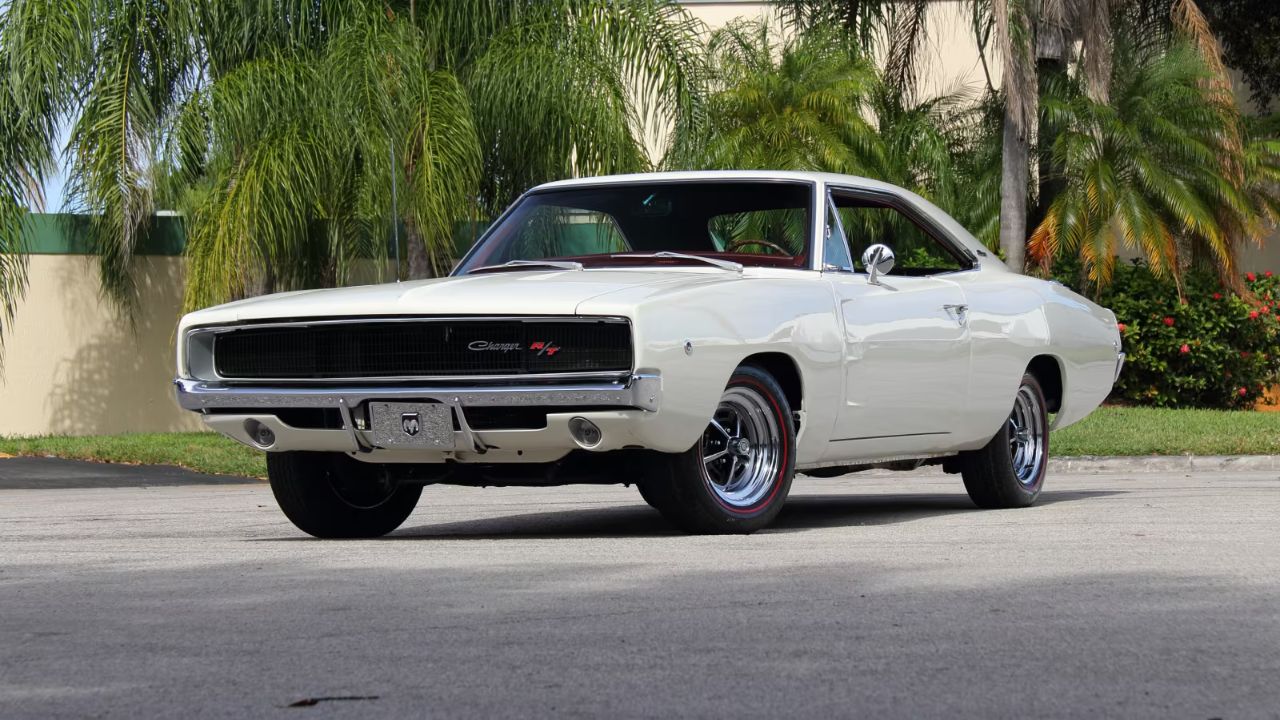
The second-gen Charger, launched in 1968, had a big impact. The Coke-bottle styling, hidden headlights, and available 440 Magnum gave it serious presence. Sales jumped to over 92,000 units. It finally gave Dodge the muscle car people were waiting for. The GTO that year was still strong, but the Charger had arguably become the more striking car to look at—and it showed in the sales charts.
5. Street Performance Favored the GTO Early
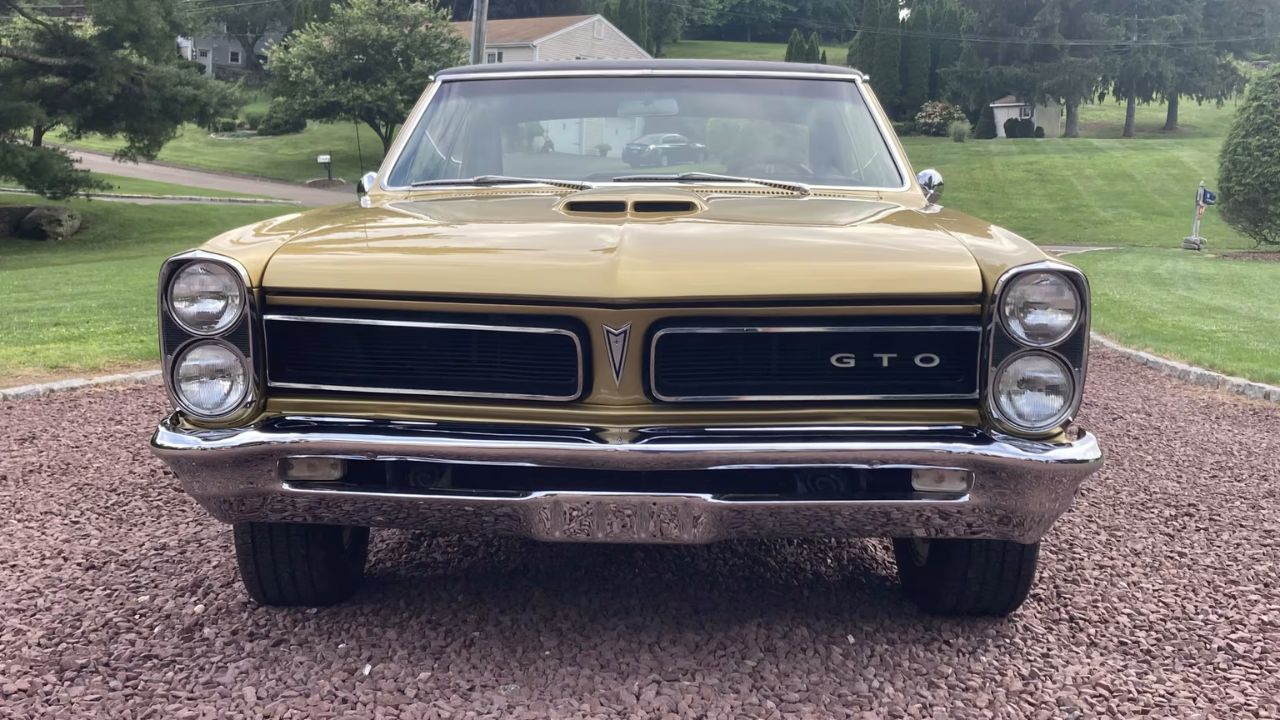
In the early years, especially 1965–67, the GTO had an edge in real-world performance. With a lighter body and strong torque from the 389 and 400 engines, it moved well in stock form. The Charger’s added weight and more relaxed gearing in some trims made it a bit less aggressive off the line unless optioned carefully. Out of the box, more GTOs were set up to run.
6. Dodge Had the Better NASCAR Cred
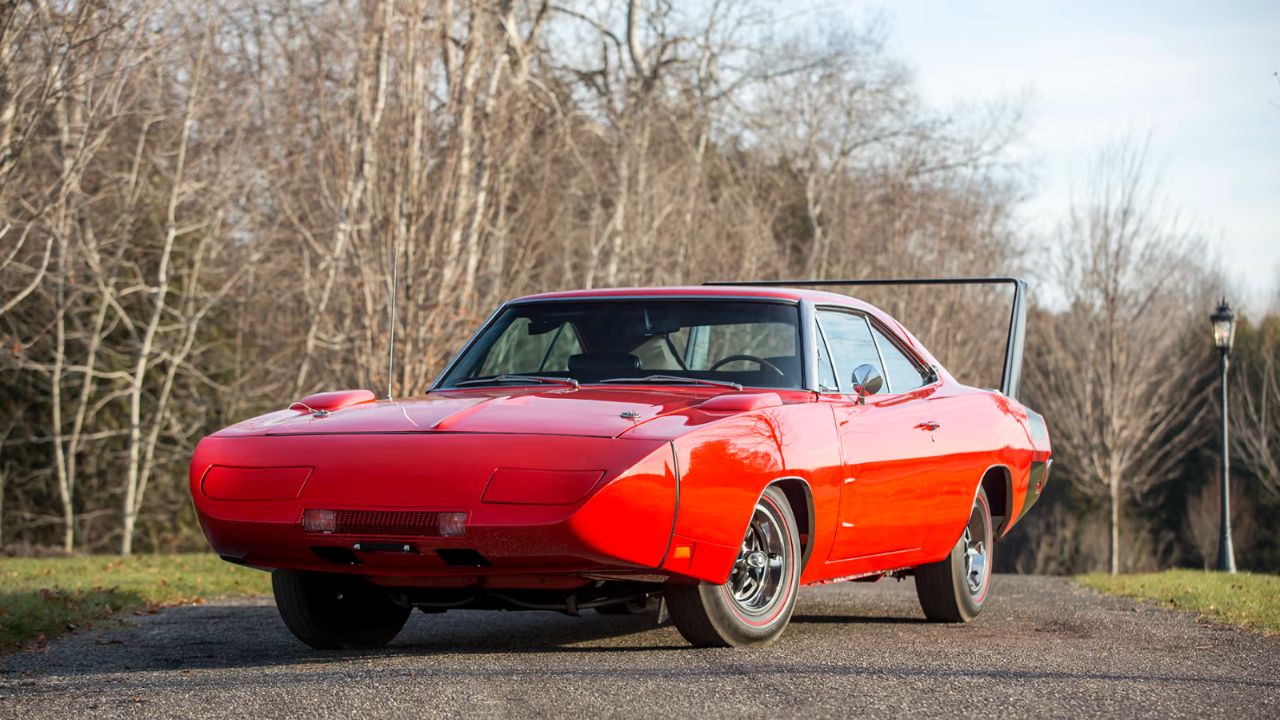
By the late ’60s, the Charger became Dodge’s NASCAR weapon. The 1969 Daytona, with its pointed nose and massive wing, was all about high-speed stability. The 426 HEMI made it dominant on superspeedways. Pontiac never went all-in on oval racing in the same way. So while the GTO ruled street and strip, Dodge won its bragging rights on the track.
7. Interiors Took Different Approaches
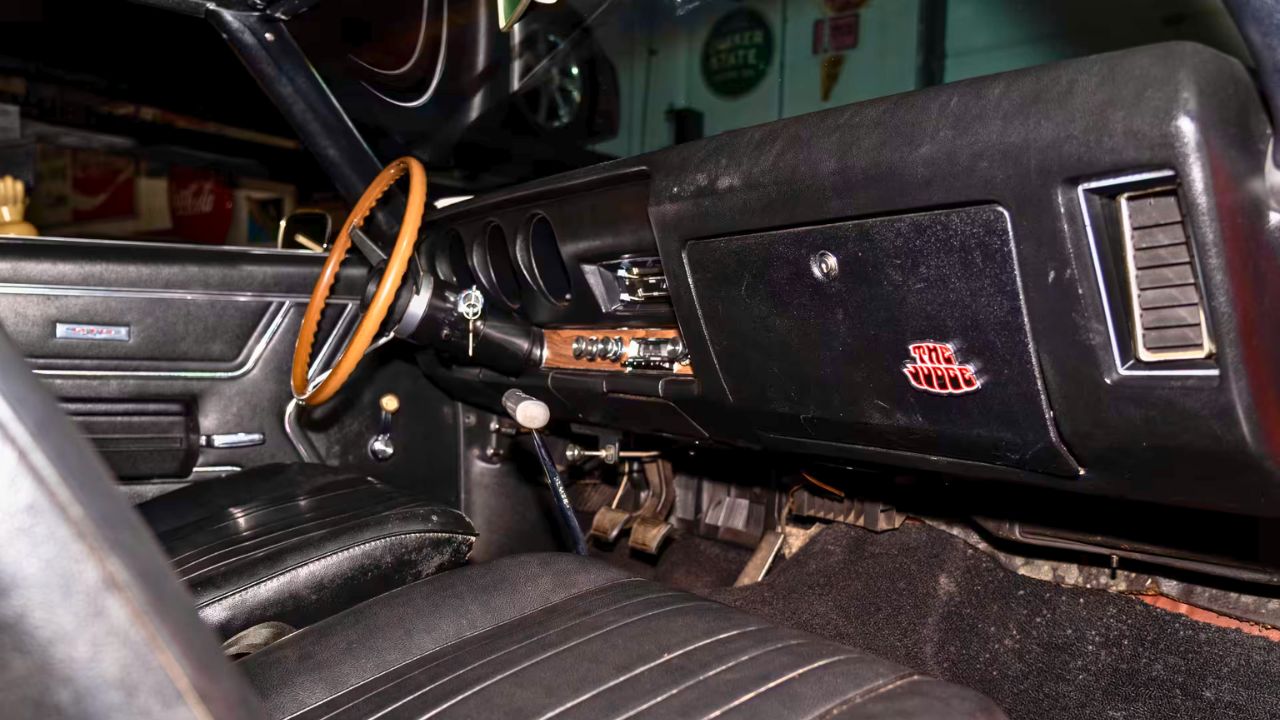
Pontiac gave the GTO a more upscale interior feel—woodgrain dash, bucket seats, and rally gauges came standard on many trims. Dodge, especially in early Chargers, leaned into longer dashboards and hidden controls for a sleeker look, but base models felt more stripped down. By the end of the decade, both had improved comfort and style, but Pontiac had the edge in driver-oriented layouts.
8. Dodge Took More Risks in Design
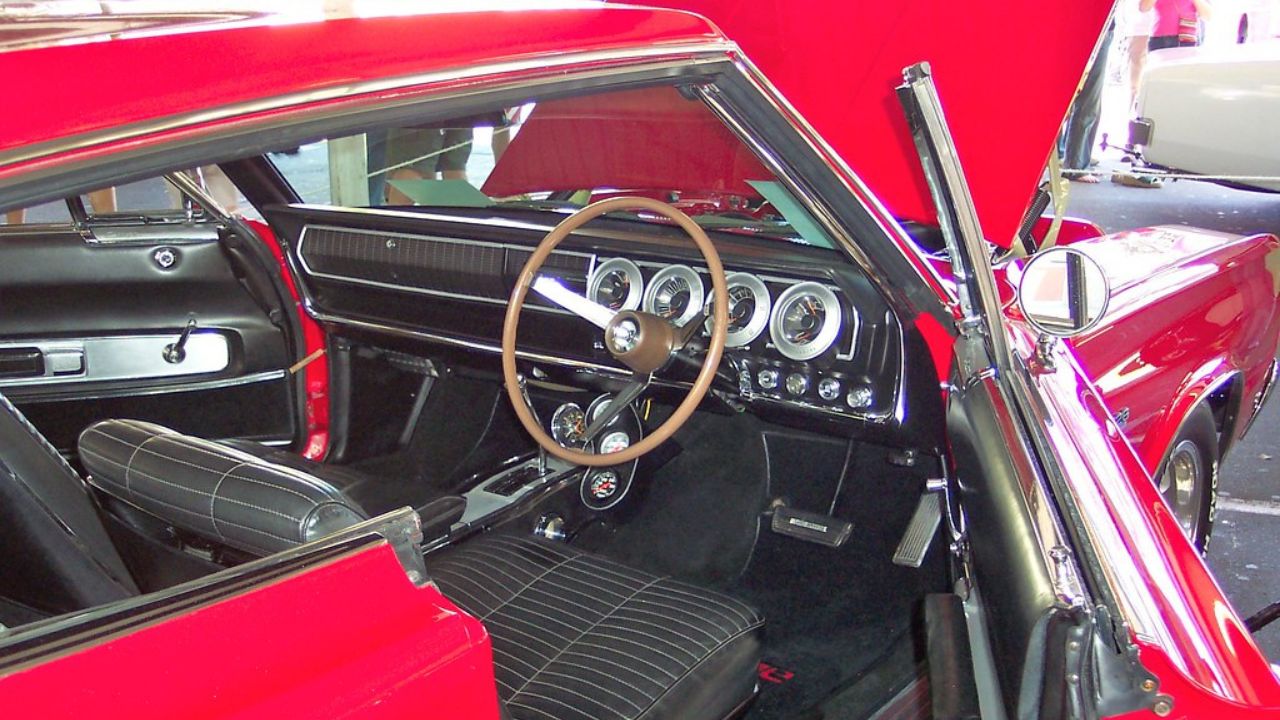
The 1966 Charger was arguably ahead of its time with a fastback roof and four-bucket-seat interior. While sales weren’t great, it showed Dodge was willing to take chances. Pontiac played it safer—each GTO generation looked like a natural evolution of the last. Dodge’s approach didn’t always hit, but when it worked (like in ’68), it really stuck.
9. The Judge vs. the Charger R/T
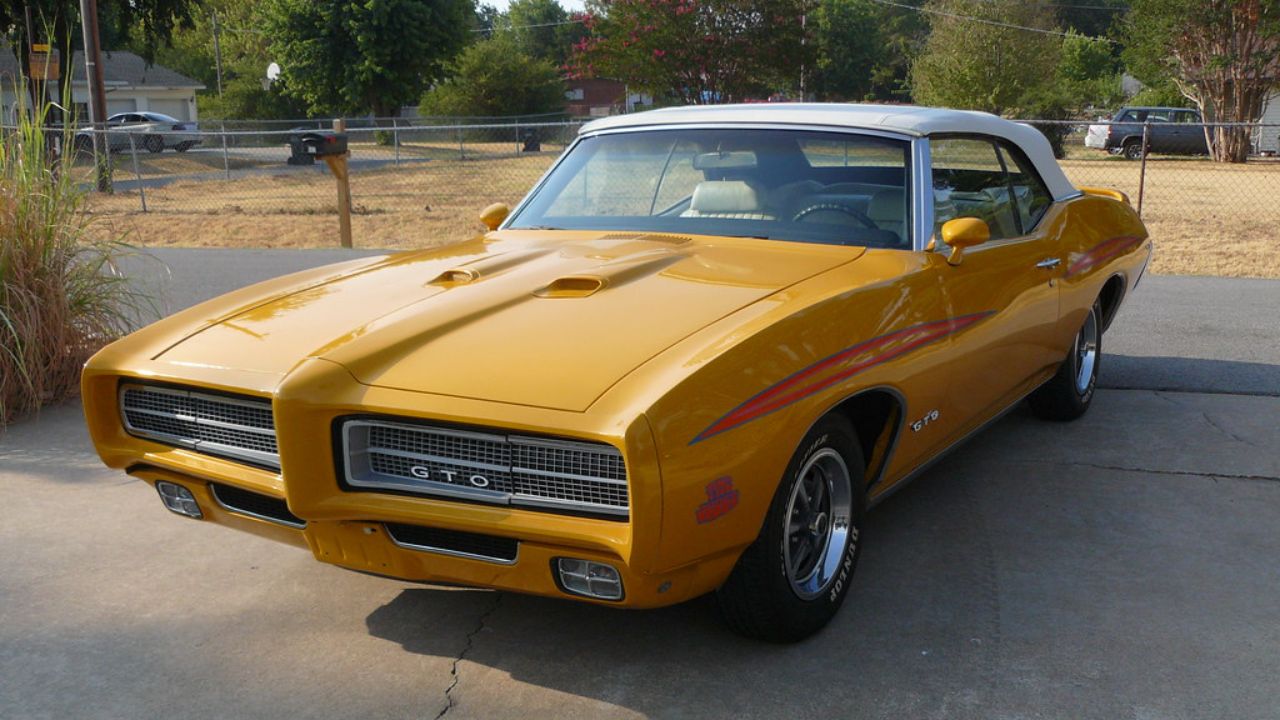
By 1969, Pontiac introduced the GTO Judge—complete with the Ram Air III, optional IV, loud graphics, and a go-fast image. Dodge had the R/T, which could be loaded with a 440 or HEMI and looked more understated. The Judge was flashier and appealed to younger buyers, while the R/T came off more serious. Both were quick, but the Dodge had the more intimidating spec sheet.
10. The Legacy Is Still Debated
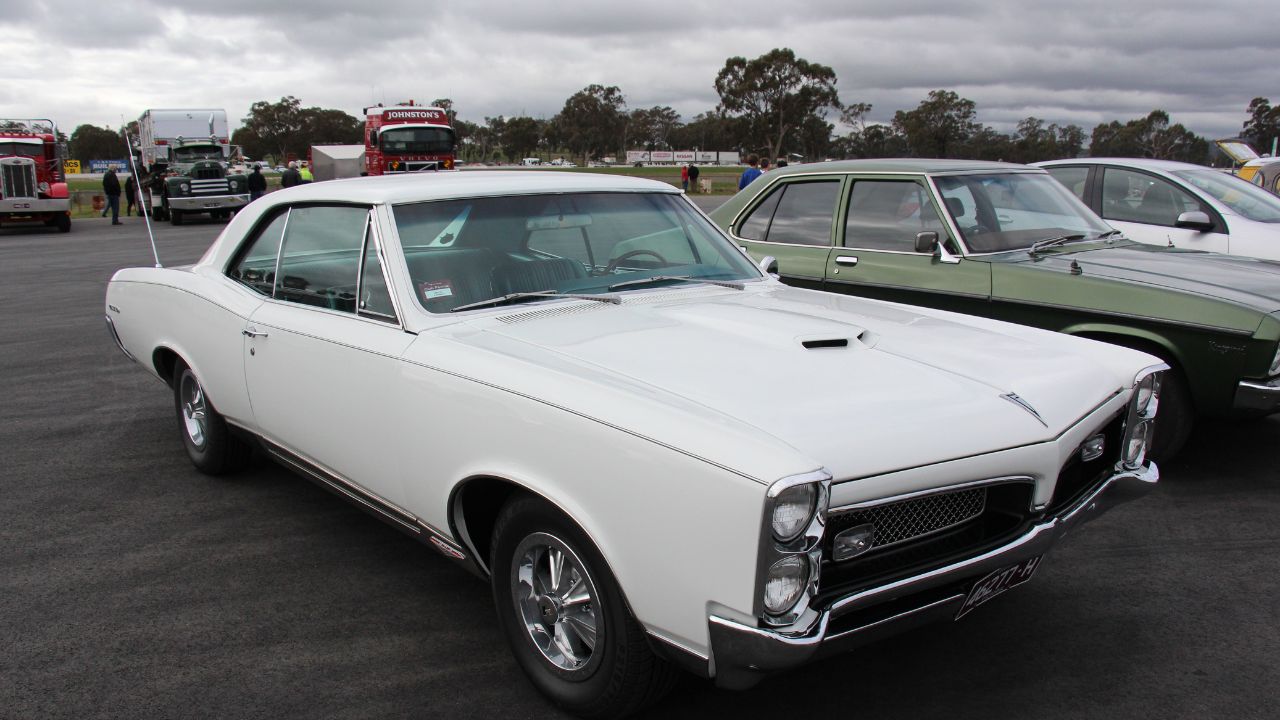
Ask ten people who won the ’60s, and you’ll probably get ten different answers. The GTO started the fire and stayed strong throughout the decade. The Charger arrived late but ended with more muscle and a stronger finish. Pontiac leaned into marketing and early adoption, Dodge leaned into size, power, and racing. Depending on what you value—firsts or finishes—the crown could go either way.

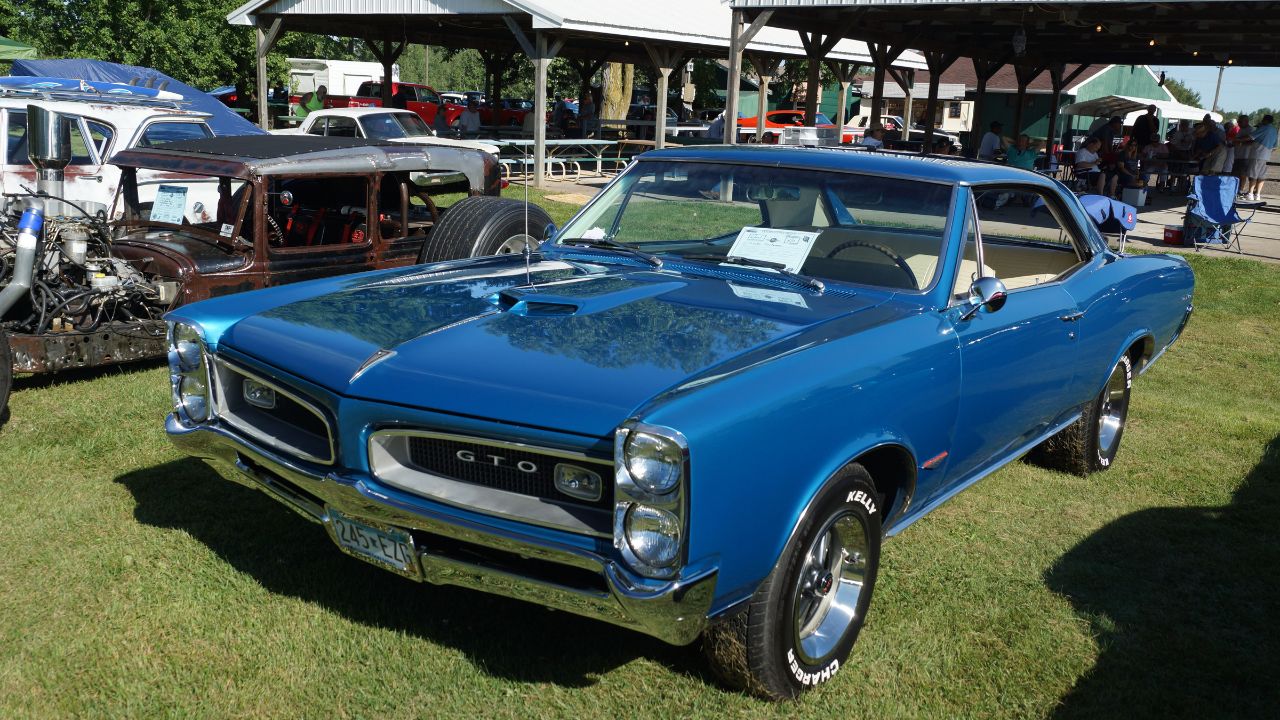

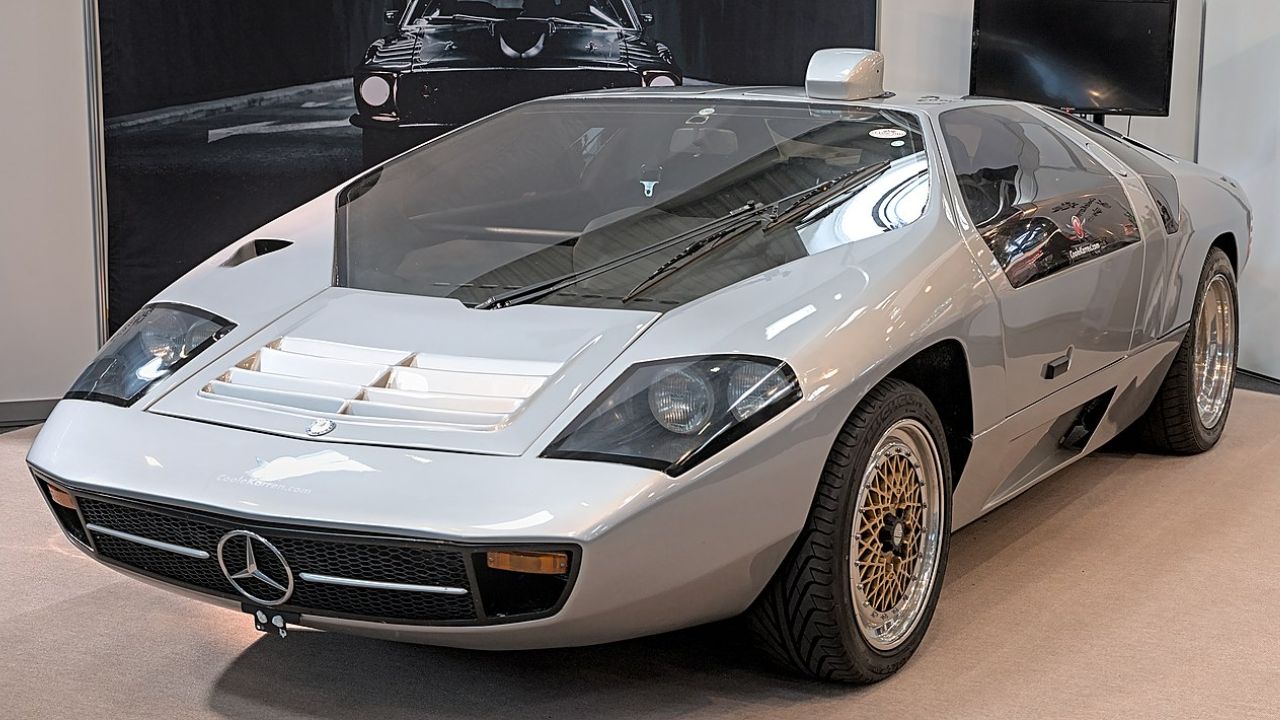

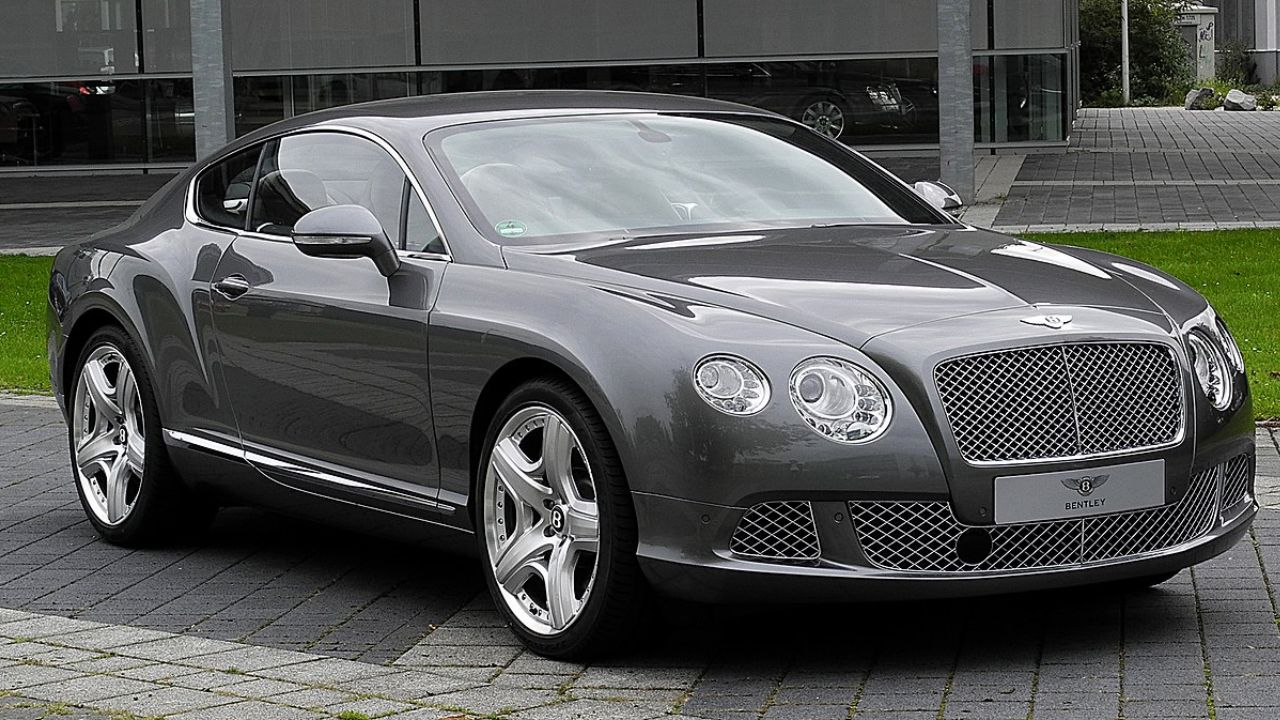

Leave a Reply